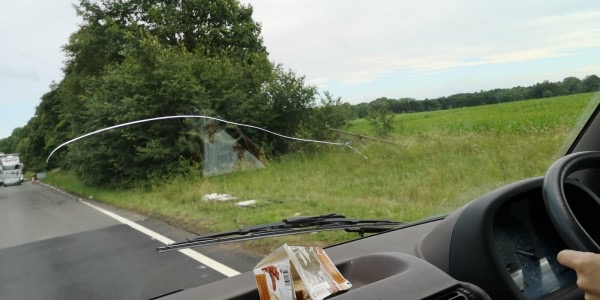As the environmental problem of global warming becomes increasingly serious around the world, legal regulations are being strengthened first to reduce carbon dioxide emissions. Since late 1990, developing lighter, safer and more fuel-efficient vehicles continues to be a challenge to most automobile manufacturers. In addition, the environmentally sensitive New Zealand government recently has raised a topic of discussion by announcing a policy that refunds up to $8,625 to consumers when purchasing a new electric vehicle.
The topic of reducing the weight of a vehicle is no longer a concern only for automobile manufacturers, but has become a consideration for consumers as well when purchasing. Automobile manufacturers around the world have been making ceaseless efforts over the past decades, and they are still trying to find out why weight reduction is important, the type of iron that accounts for more than 60% of the car’s weight, and the limited repair process involved.
Generally speaking, strength is mainly used to describe the properties of a material, such as something that is difficult to break, that is, how much force it can withstand. Mild steel, which has been mainly used as a steel sheet for automobiles, is a steel material with a tensile strength of less than 340 MPa and is characterized by a wide forming range. Conversely, the higher the tensile strength value, the more difficult it is to form in the usual way.
High-strength and ultra-high-strength steel sheets are the most representative new materials used for entry-level automobiles currently in operation. The ratio of ultra-high-strength steel plate (tensile strength of 60 kg or higher) is 51%, which is 2.4 times higher than the existing model (21%).
– HSS (High strength steel) 180 ~ 280 MPa
– VHSS (Very high strength steel) 280 ~380 MPa
– EHSS ( Extra high strength steel ) 280~ 800 MPa
– UHSS (Ultra High Strength steel) 800 MPa
where 1 MPa is 145 Psi. This unit is the pressure exerted by one pound force on an area of one square inch. (Pounds per square inch is about 6894.757 Pa)
However, you cannot use ultra-high-strength steel blindly. Above all, press forming is impossible with the popularized method, and when repairs are performed with general welding technology, the properties of iron are changed by heat and the rigidity is lost, so it is not allowed. In the event of an accident, general steel sheets can be welded with sheet metal, but ultra-high strength steel is too hard to be carried out in general industrial companies without specialized equipment.
In addition, incorrect repair can damage the safety rating promised by the vehicle manufacturer in the event of an accident and is directly related to personal injury.
The recent launch of new car models often mentions the success of being lighter than the previous model. It is not an easy strategy to reduce the weight of automobiles, but there are many positive ripple effects such as fuel economy reduction, power performance improvement, and environmental protection effects that occur during weight reduction, which are becoming essential conditions for manufacturers. It would be interesting to see what new technologies will be applied to automobiles.


